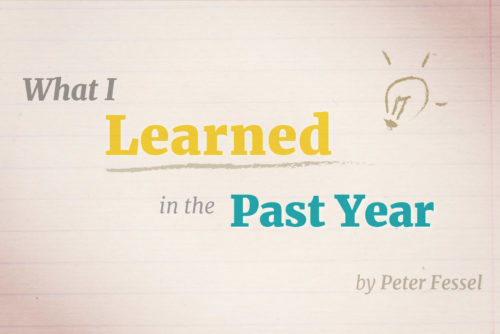It’s time to get back in the driver’s seat after becoming a passenger of my life.
During my days off from work, I planned to make content for B is for Being and tend to other areas of my life. However, I’m finding myself reaching for the familiar yet stagnant blanket of procrastination. Without a daily focus or objective, the days have blurred into weeks and the weeks into months. I’m feeling stuck in an endless game of catchup with life.
So I’m designing a daily schedule to keep me focused on the things that are important to me and feel energising.
I’ve had difficulty following schedules in the past because they have reminded me of being in school and getting punished for not complying with the schedule. This experience had left me feeling schedules were just harsh, unmerciful routines which I needed to followed precisely or they wouldn’t work. Not fun!
Thankfully, since my school days, I’ve experienced some empowering benefits of having a schedule – I’ve just fallen out of using one the past few months.
My Daily Schedule
Here’s the schedule I’ve designed for myself.
| Period | Time | Focus |
|---|---|---|
| Morning Routine | 6 am | Wake-up: journaling, meditation, stretching |
| 7 am | Breakfast | |
| Focused Workday | 9 am | Start daily tasks (phone and laptop go on) |
| 11 am | Social reply session #1 (emails, calls, messages, social media) | |
| 12 pm | Lunch | |
| 1 pm | Continue daily tasks | |
| 3 pm | Social reply session #2 (emails, calls, messages, social media) | |
| 4 pm | Continue daily tasks | |
| 6 pm | End workday | |
| Evening Routine | 7 pm | Dinner |
| 9 pm | Technology shutdown (Airplane mode, Laptop off) | |
| 9:30 pm | Write down tomorrow’s tasks | |
| 10 pm | Bedtime: reading, sleep |
I’ve made a few schedules in my time and noticed a few key ingredients that go into an empowering schedule for me:
- Purposeful / fun – I have a clear intention for my tasks and some of them should feel satisfying to complete
- Compassionate – it’s OK if I don’t get everything done, run overtime, or need to take a break
- Challenging – some of my tasks should push me out of my comfort zone
- Realistic – I need to be able to complete the activities I’ve planned for myself
- Flexible – I can adapt or allow time for unplanned events
Each section of the day has been designed for a specific intention:
Morning Routine
A time to connect with my mind and body and lay the foundations of my work day.
- Journaling – a space to clarify and dump the contents of my mind onto paper.
- Meditation – a time to tune-in to the inner-realms of my body and mind in the present moment.
- Stretching – stimulates blood flow to the body and brain.
- Technology free zone – I’ll refrain from using my phone and computer so I can allow myself to connect with my inner-realms.
Focused Workday
A dedicated time for working on my to-do list and reducing distractions from external sources.
- Set start time – a defined time when I will start working on tasks.
- Social reply session – A dedicated time for replying to all social correspondence in one batch of time.
- Set end time – a defined time when I will stop working. I’ve found a clear end time to my day is important to preserve the quality of my evening routine.
Evening Routine
An undemanding space for the mind and body to wind down and prepare for a good night’s sleep.
- Technology shutdown time – a set time to disconnect from all technology to reduce mental stimulation
- Planning the next day – so I’m ready to go in the morning, and my brain can process the upcoming tasks while I sleep.
- Bedtime reading – some light reading helps me wind down and drift into sleep land.
I’m going to stick with this schedule for the next seven days and adjust specific items as needed. Already, since designing it, I notice I feel more enthusiastic about getting started on my day. I think it’s working!
Do you have any recommendations for an empowering daily schedule? What activities or routines work for you? Share them in the comments below.






2 thoughts on “Designing an Empowering Daily Schedule for Clarity and Focus”
Hi Ben,
Love this blog. A daily schedule is a great discipline for anyone, but especially those struggling with trauma, depression or anxiety. I have an age-old addition that maybe doesn’t need to be written on a schedule but has plenty of evidence in support of it being a valuable ‘grannie’ type practice……
Make your bed.
I know, so banal isn’t it? But this one little task has lots of flow-on benefits through out the day. Especially when getting out of bed and facing the day is really really hard to do.
Try it if you haven’t already! See how it makes you feel!
Hi Nicki!
Thanks so much for your comment 🙂
I’m curious to learn more about a schedule helping those experiencing trauma, depression, and anxiety.
I really like the practice of making the bed. It’s definitely helped my day feel a little clearer and starts a positive reinforcement cycle early in the day.
I feel this practice is even more important if the bedroom is our primary work area, like in bedroom studios, student accommodation, etc.
Thanks for sharing!